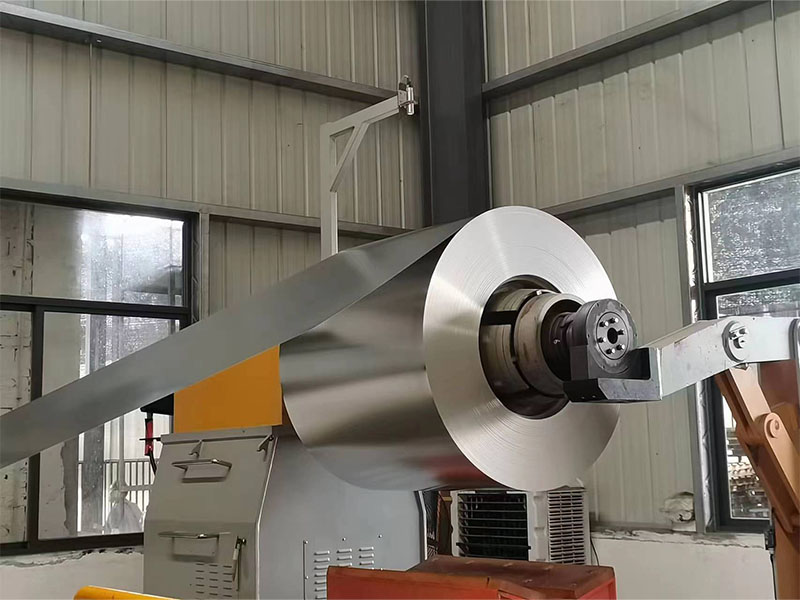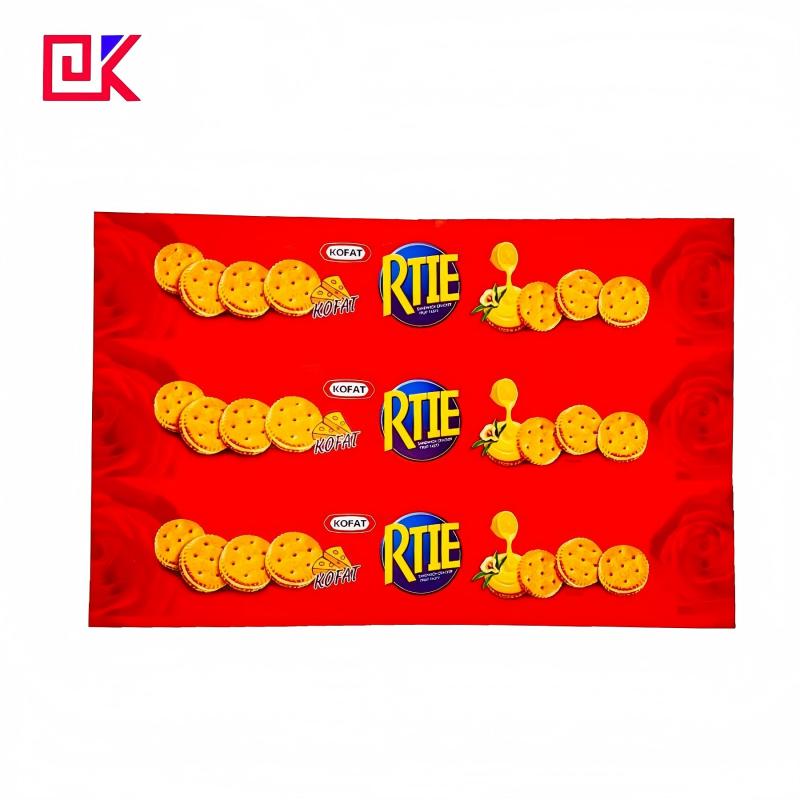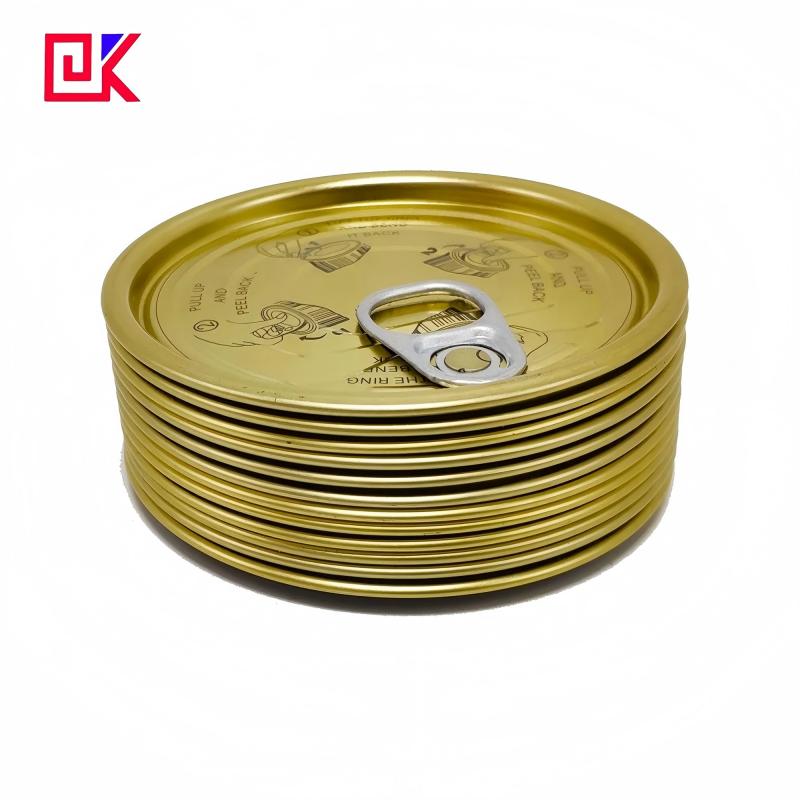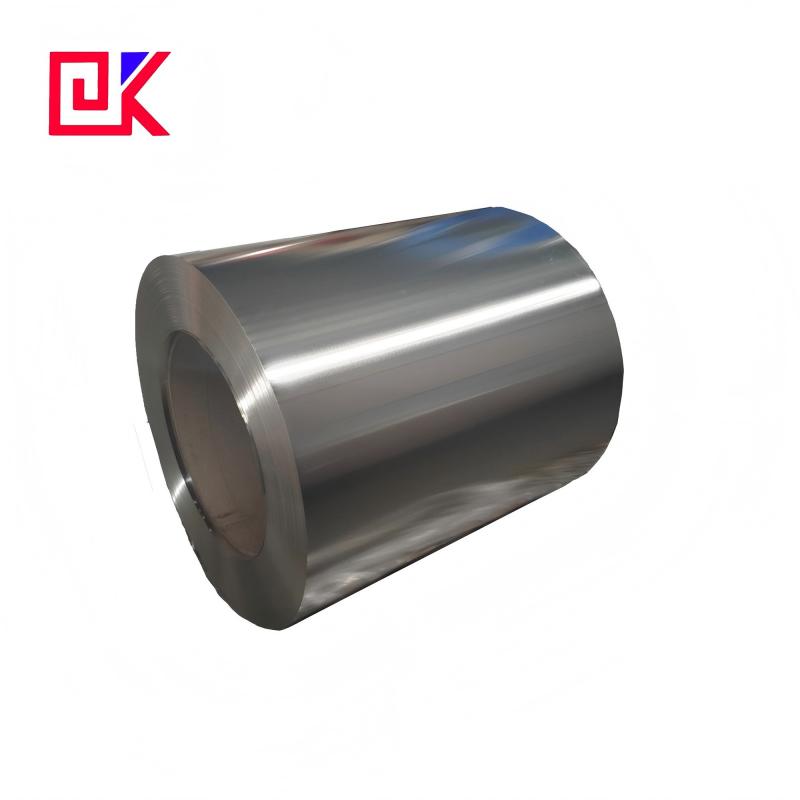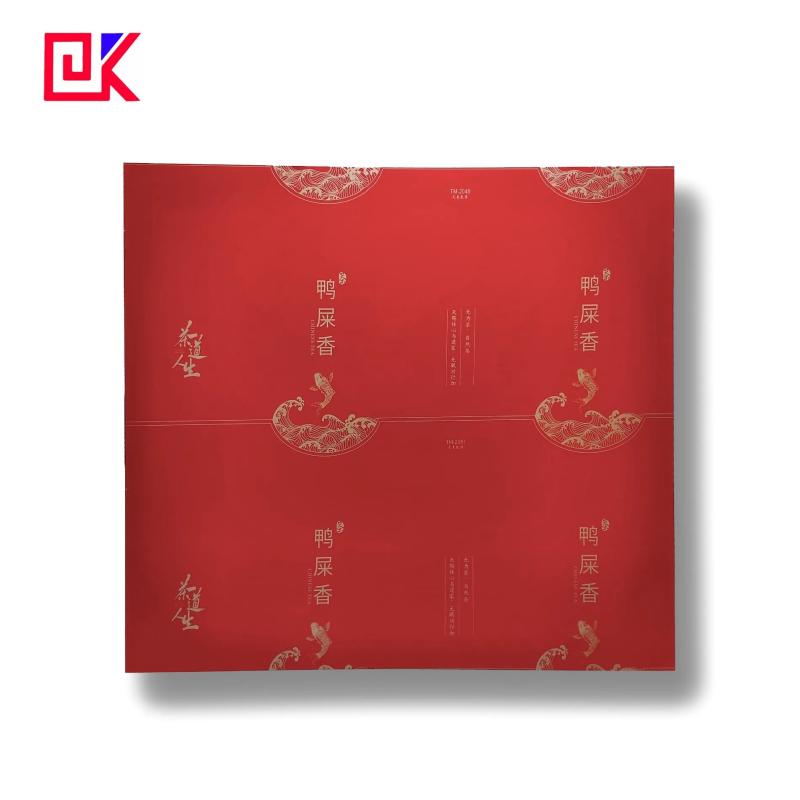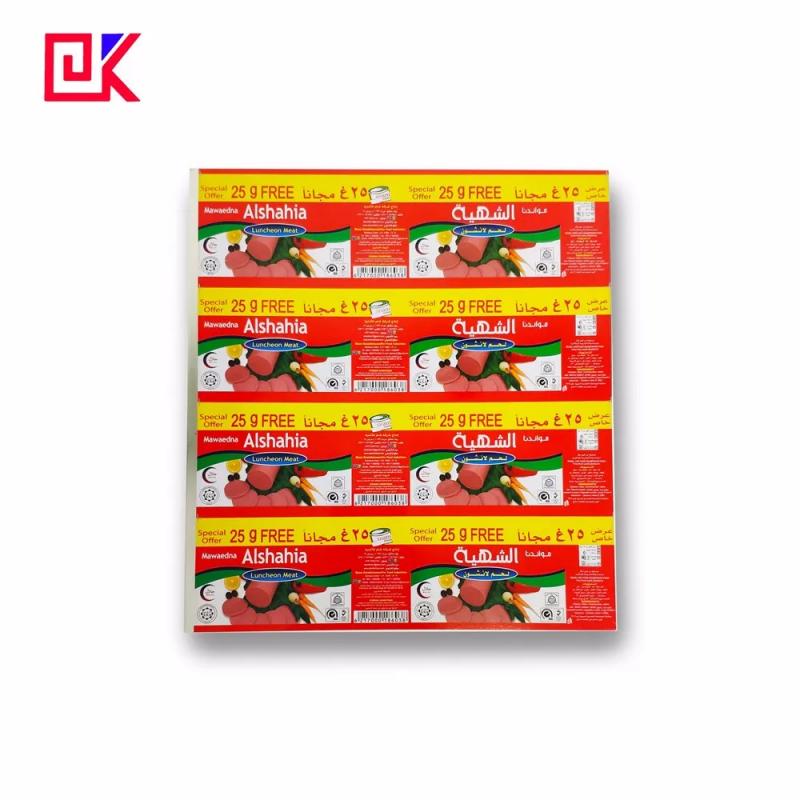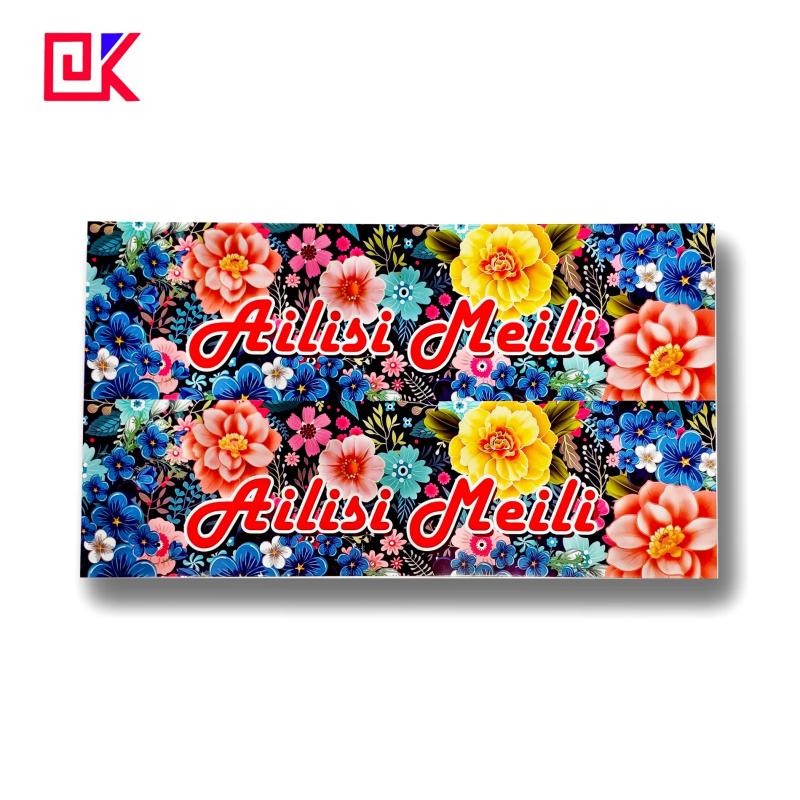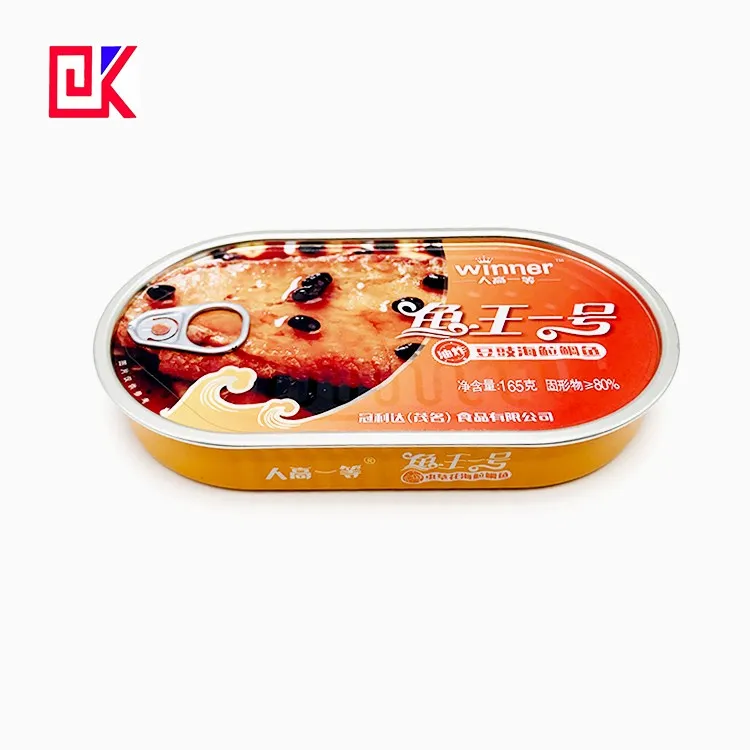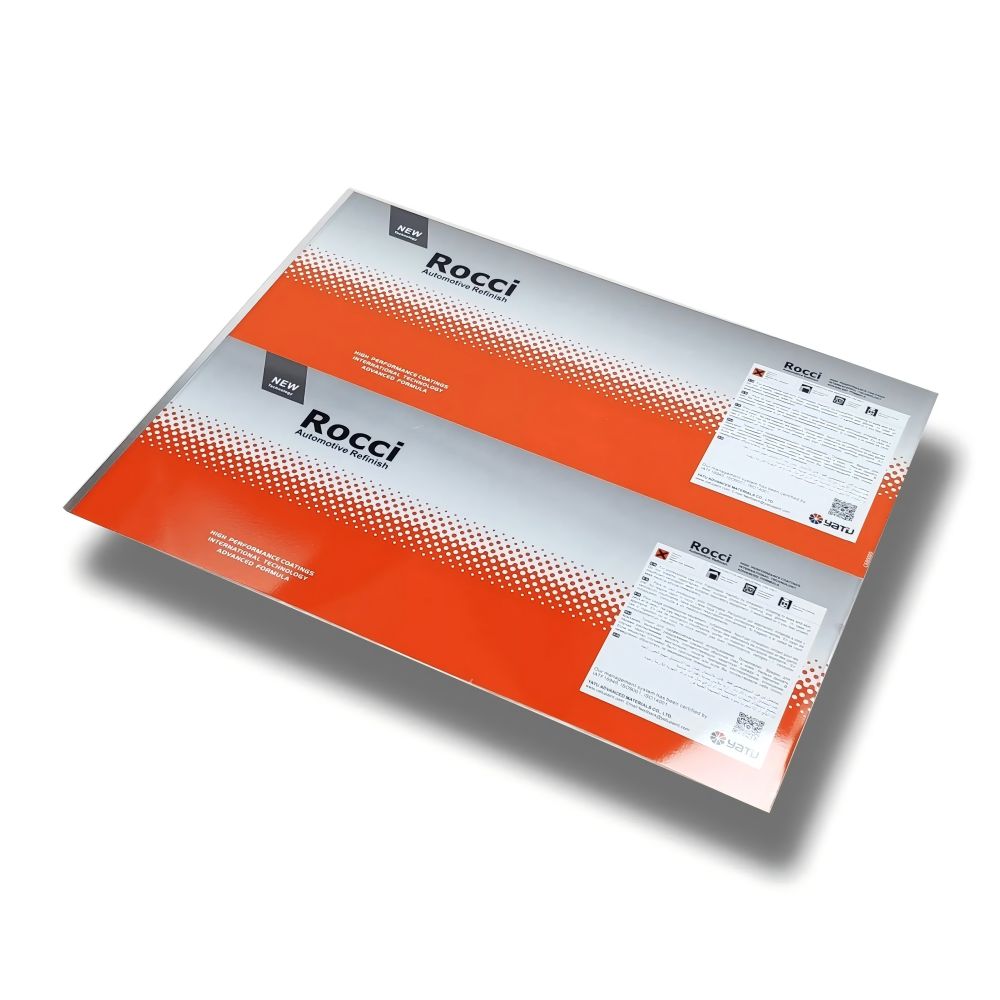09-18/2025
According to the International Energy Agency, the global steel industry accounts for approximately 8% of global industrial carbon emissions, making it the largest contributor to carbon emissions among all industries. Although tinplate sheet production may have slightly lower carbon emissions than conventional steel production, its overall carbon footprint remains relatively large.


